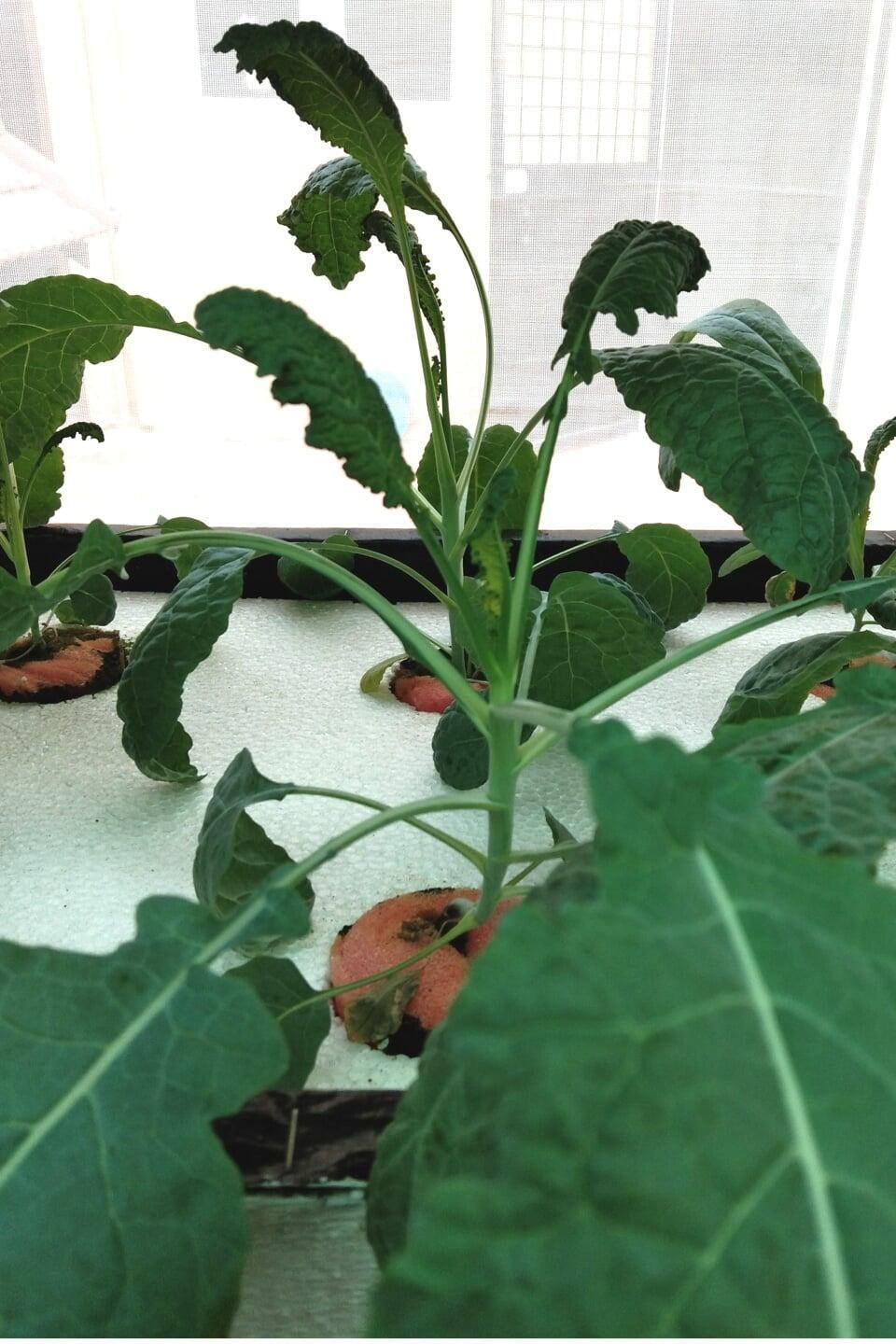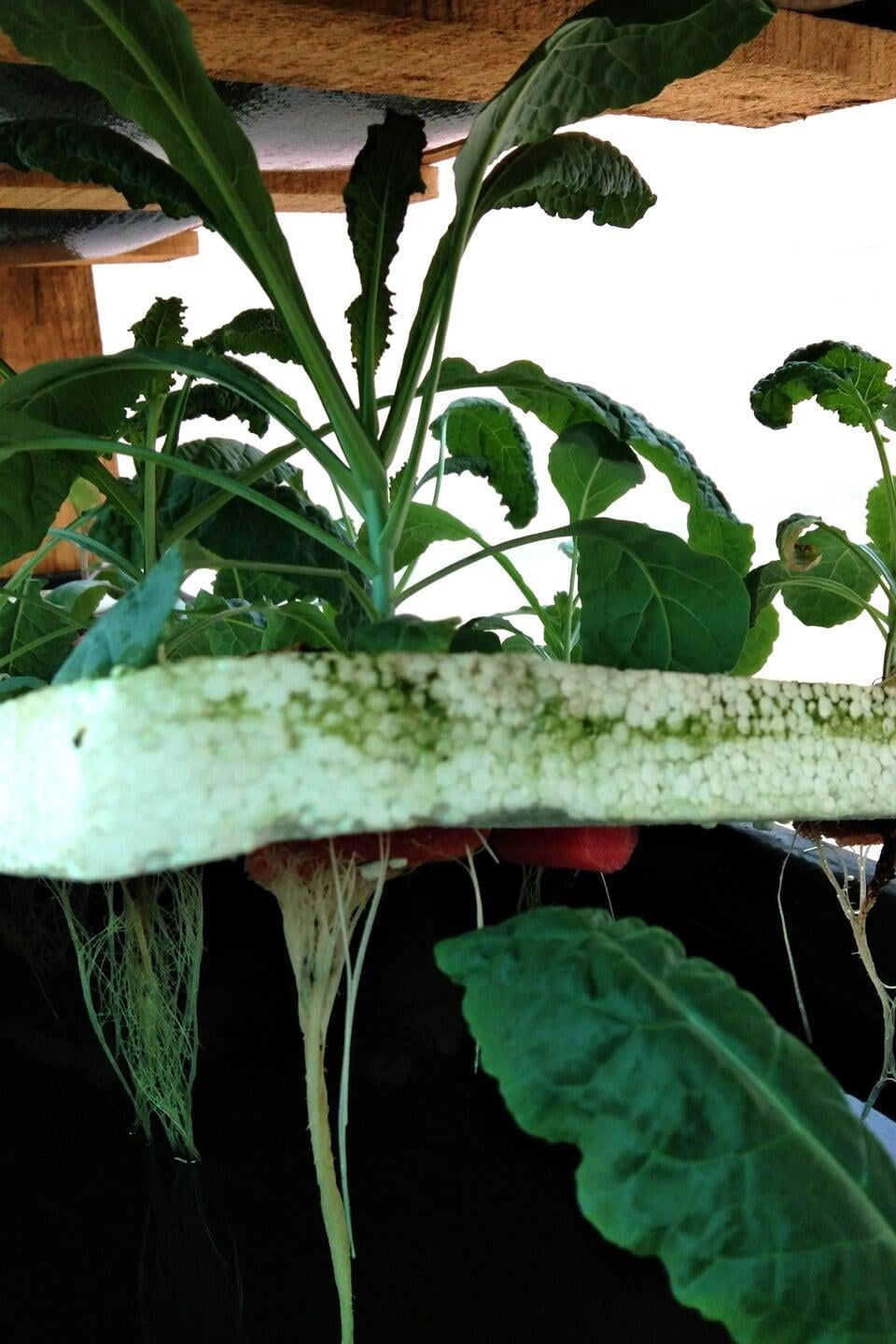Our experience with growing kale
In our Research Centre, we transplanted the Kale in DWC medium as well as in a cocopeat bed. We prepared the nutrient solution by adding 2 ml of CityGreen's Balanced NPK solution per liter of water. Initially, we felt that the growth is not very fast. But we realize that kale is a winter-happy crop. It loves cold climates and, in fact, tastes sweet after a real heavy frost! Alas, we are in Bangalore of today, or I am sure the kale would have grown much more happily in a Bangalore climate 10-15 year prior when cold seemed to be the year-round theme in Bangalore.
We aerate the plants every alternate day and keep a close watch to confirming pests are at bay. The kind of pests that take an absolute liking to a crop like kale are
- Blister Beetles.
- Cabbage Aphids.
- Cabbage Loopers.
- Cabbage Webworms.
- Diamondback Moths.
- Flea Beetles.
- Grasshoppers.
Considering the varying climates and temperatures that the kale faced, we'd say it has been a success for us to be able to see it grow and increase mass.
In the Indian context, it would be ideal for making a kale paneer dish as its nutrient content and properties seem to outnumber spinach. The nutrients in kale can help boost wellbeing and prevent a range of health problems. It contains fiber, antioxidants, calcium, and vitamin K, among others. An excellent source of vitamin C and iron; its one of the must-haves and must grow in your kitchen garden.
How to grow Kale?
Start by sowing the seeds. Ensure that the cocopeat is moist, and the seeds kept in a warm and dark place to promote germination. It will be good to keep an eye and check, periodically, if the cocopeat is moist enough and not dried out. After 7-8 days, the first signs of visible life will appear, which is an experience worth undergoing. Any form of life brings an enthrallment like no other.
Do ensure to provide a good supply of Nutrient solution dose from the time of transplant till harvest. In our case, to start with at the time of transplanting, we used CityGreens NPK solution @ 2 ml/ liter of water. At the end of a month, the plant looked ready and stable and healthy enough with a good root structure such that it will survive in a transplanted environment. So, then the DWC rack was made ready for the kale, and the kale was transplanted.

